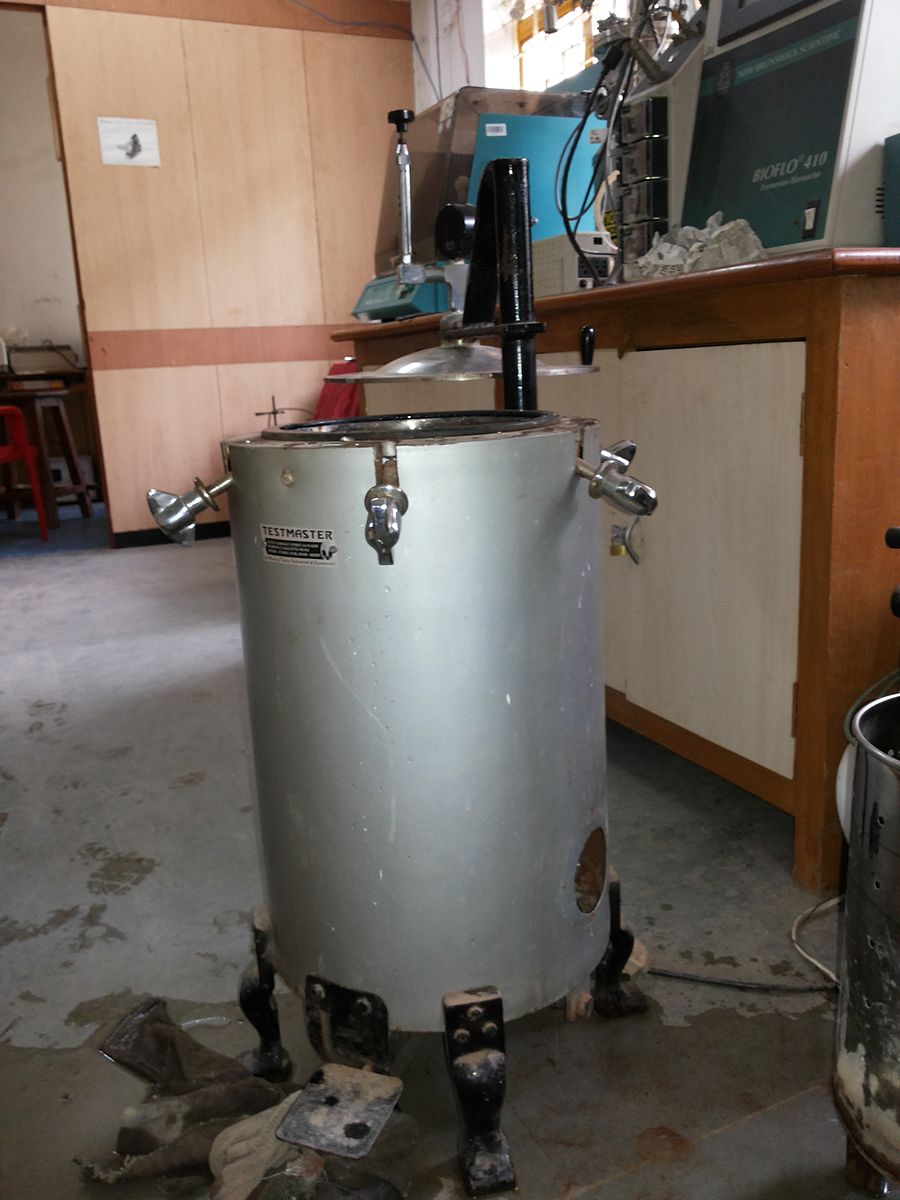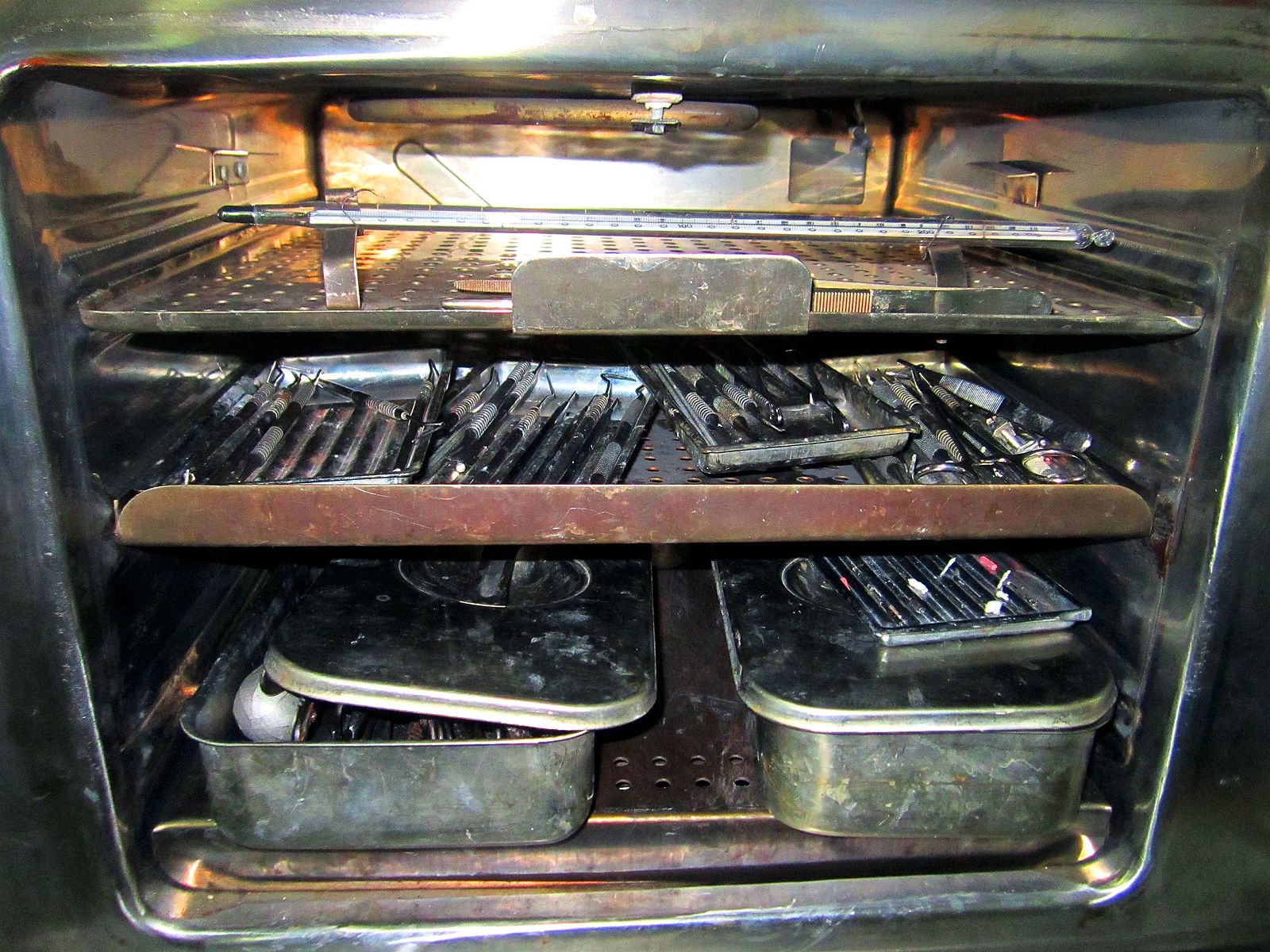Difference Between Autoclave and Dry Heat Sterilizer
Thanks to technological breakthroughs, the methods of sterilization have evolved over the years. There are now several different methods of sterilization used in the laboratory. However, autoclaving with steam remains the method of choice for sterilization in most labs. Despite the fact that autoclaving is a clean, fast, reliable, relatively low-cost method for sterilization without the environmental hazards, it still is used mostly in hospitals. That being said, there are three commonly used methods of sterilization: the steam autoclave, the unsaturated chemical vapor sterilizer, and dry heat sterilizer. We’ll only discuss the steam autoclave and dry heat sterilization methods.
Sterilization by steam is carried out by a specialized pressure-induced chamber called an autoclave that uses high-pressure steam to sterilize equipment and supplies. It is one of the most common and the oldest methods for sterilization of instruments and materials, mostly used in dental offices. Autoclaves are available in various sizes and types. Another popular method used for sterilization in the dental offices is through dry heat. One of the simplest methods of dry heat sterilization is direct flaming. Although, dry heat sterilization is relatively slower than autoclave processing, it is good for instruments that tend to rust in a moist autoclave. Let’s take a look at the two sterilization processes in detail.
What is Autoclave (Sterilization by Steam)?
Sterilization is the destruction of all forms of microbial life, as verified by demonstrating the killing of highly resistant bacterial spores. It is the highest level of microbial kill. Sterilization by steam or autoclaving is one of the most common and widely used methods for sterilization in dental practices. The process refers to a process of instrument sterilization that uses time, temperature and pressure to kill all forms of microbial life, including spores. An autoclave is a pressure chamber, kind of a vessel that uses high-pressure steam to sterilize equipment and supplies. This is believed to be one of the most efficient methods of sterilization, destroying all microorganisms, both pathogenic and non-pathogenic, including spores and viruses. Autoclaving requires a minimum of 121 degrees celsius (250 degree Fahrenheit) with steam pressure of 15 pounds per square inch (psi), for 15 minutes to ensure sterilization.
What is Dry Heat Sterilization?
Dry heat sterilization is yet another popular method for sterilization that uses time and heat to kill all forms of microbial life, including microbial spores and viruses. This process is basically sterilizing using an oven. Dry-heat ovens are used to sterilize items that may corrode in the steam autoclave. The unit requires maintenance and does not corrode or rust instruments and equipment. The amount of time necessary to sterilize depends on the temperature of the oven. Dry heat sterilization usually takes about an hour or so at 340 degrees Fahrenheit or 2 hours at 320 degrees Fahrenheit. It must only be used for items that are damaged by, or are impenetrable to, moist heat. The only downside to dry heat sterilization is that it is relatively slower than autoclaving.
Difference between Autoclave and Dry Heat Sterilizer
Method of Autoclave and Dry Heat Sterilizer
While autoclaving and dry heat sterilization are two of the commonly used methods of sterilization in dental practices, autoclaving is one of the most common and the oldest methods for sterilization of instruments and materials used mostly in hospitals. Autoclaving refers to a process of instrument sterilization that uses time, temperature and pressure to kill all forms of microbial life, whereas dry heat sterilization is basically sterilizing using an oven that uses time and heat to kill all forms of microbial life, including microbial spores and viruses.
Sterilization Conditions
To ensure sterilization, the pressure chamber or the autoclave is required to increase the saturation steam temperature to minimum of 121 °C or 250 °F with steam pressure at 15-16 pounds per square inch (PSIG) for 15 to 30 minutes. It is important to follow the directions specific to the autoclave with which you’re working. Dry heat sterilization usually takes about an hour or so at 340 °F or 2 hours at 320 °F. The instruments must be dry before sterilization and the door should not be opened until the entire cycle is completed.
Applications of Autoclave vs. Dry Heat Sterilizer
Sterilization by steam can be used for all items that can accept heat and moisture but steam can penetrate dense materials such as containers, wraps, PVC tubing, etc. Steam can also damage plastic and rubber items. They are also used to decontaminate biological wastes. Although, dry heat sterilization is relatively slower than autoclaving, it is widely used to sterilize materials that may be damaged by moisture or are impenetrable by steam. They are used to remove pyrogens from glassware, most commonly in the pharmaceutical industry. However, dry heat should never be used on soft rubber goods.
Autoclave vs. Dry Heat Sterilizer: Comparison Chart
Summary of Autoclave vs. Dry Heat Sterilizer
Although, initial purchase and cost of ownership of steam autoclaves is higher than that of dry heat sterilizers, they can process multiple items simultaneously in less time possible. While the cost of operation is mostly the same with both the sterilization methods, dry heat sterilizers require less maintenance than the steam autoclaves, thanks to their simple design and operation. Autoclaves, on the other hand, can be used for all items that can accept heat and moisture. Dry heat sterilizers are widely used to sterilize materials that may be damaged by moisture or are impenetrable by steam.
- Difference Between Caucus and Primary - June 18, 2024
- Difference Between PPO and POS - May 30, 2024
- Difference Between RFID and NFC - May 28, 2024
Search DifferenceBetween.net :
Leave a Response
References :
[0]Image credit: https://commons.wikimedia.org/wiki/File:Autoclave.jpeg
[1]Image credit: https://commons.wikimedia.org/wiki/File:Dry_sterilizer_,_Autoclave.JPG
[2]Block, Seymour Stanton. Disinfection, Sterilization, and Preservation. Philadelphia, Pennsylvania: Lippincott Williams & Wilkins, 2001. Print
[3]Simmers, Louise. Diversified Health Occupations. Abingdon, United Kingdom: Taylor & Francis, 2001. Print
[4]Dietz, Ellen and Raula Badavinac. Safety Standards and Infection Control for Dental Hygienists. Boston, Massachusetts: Cengage, 2002. Print



